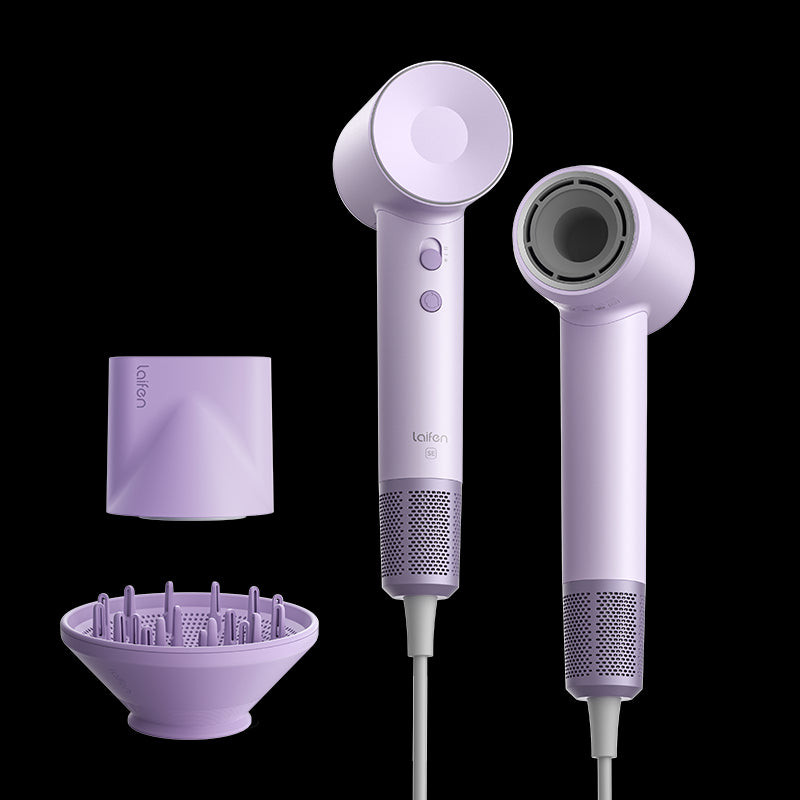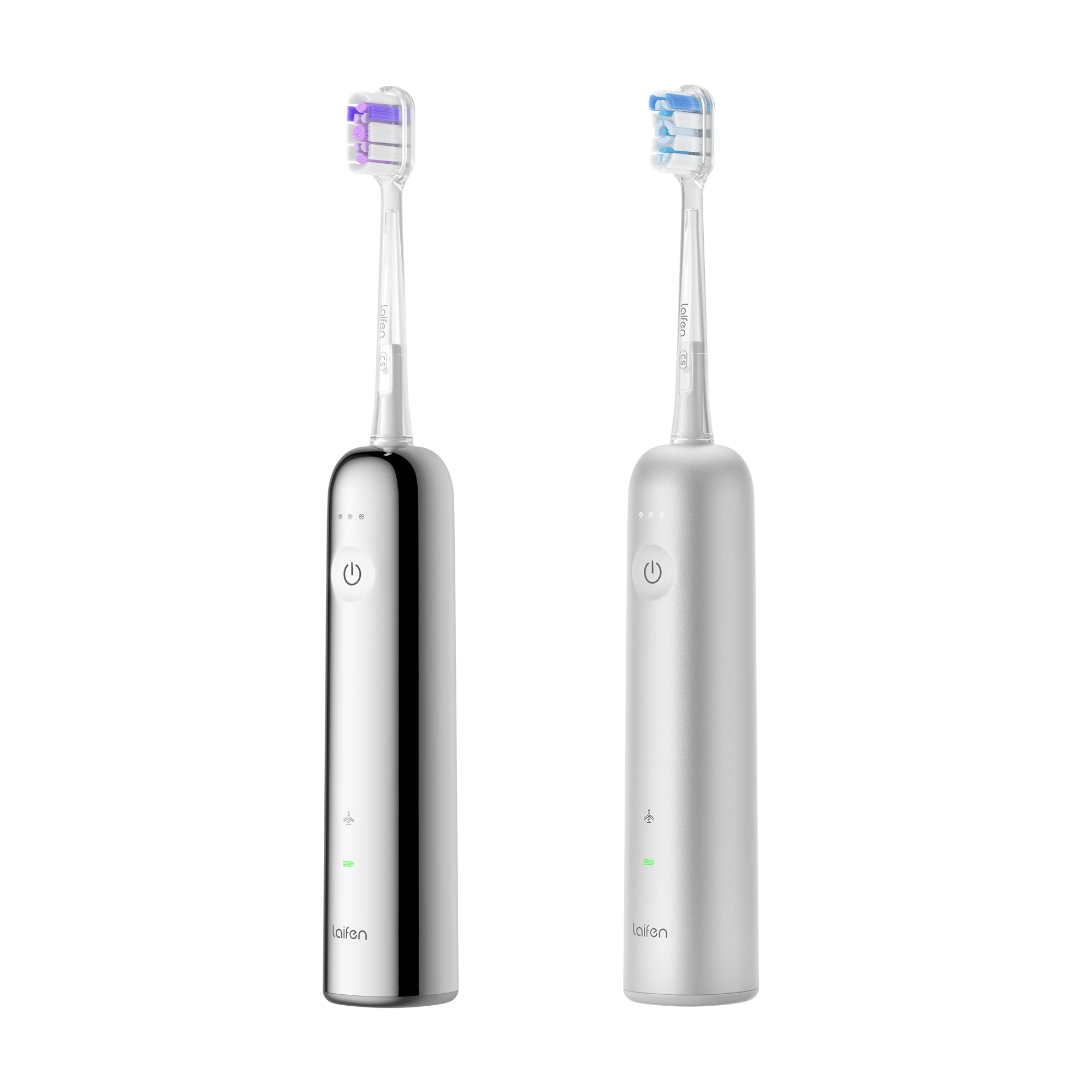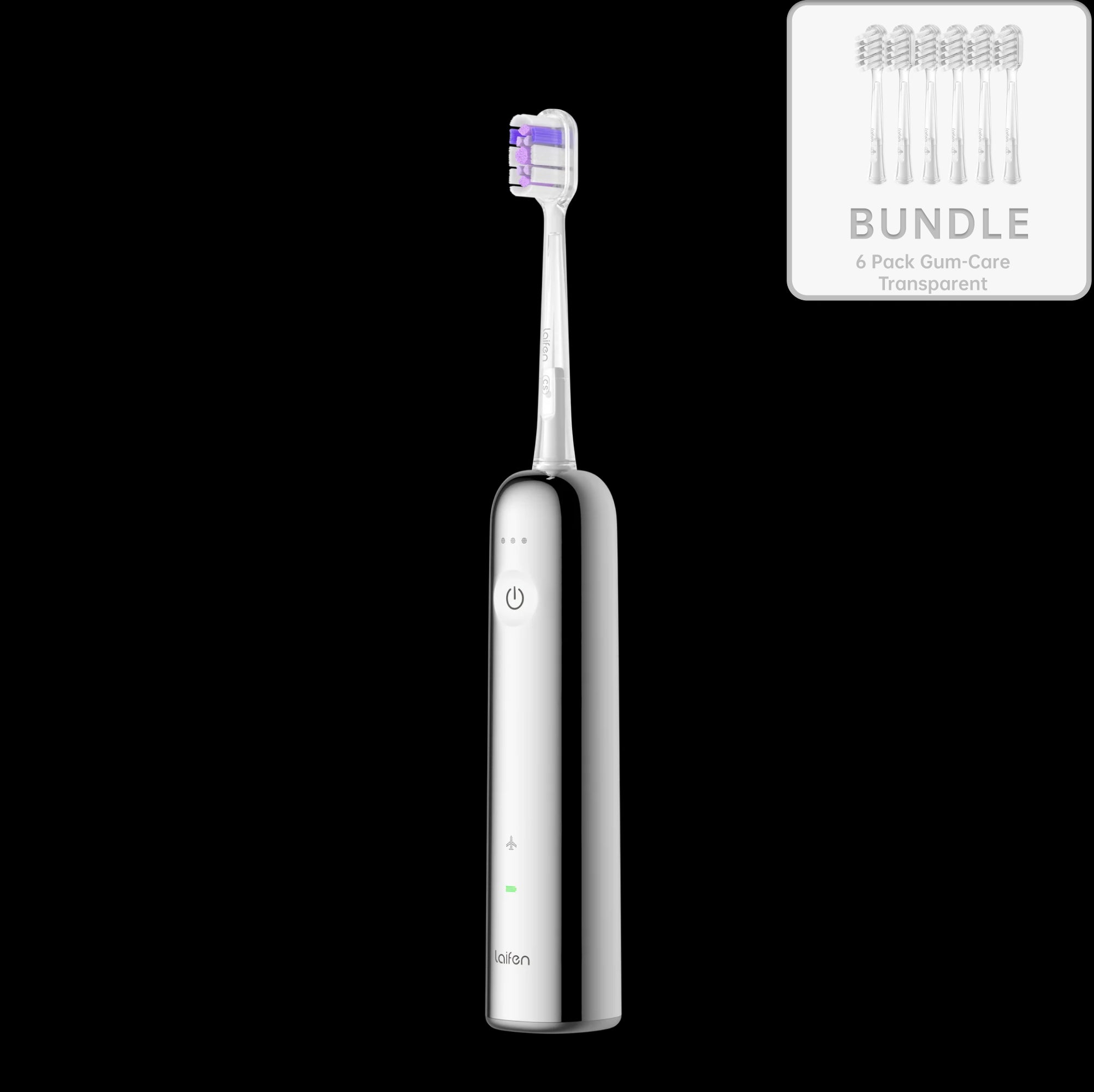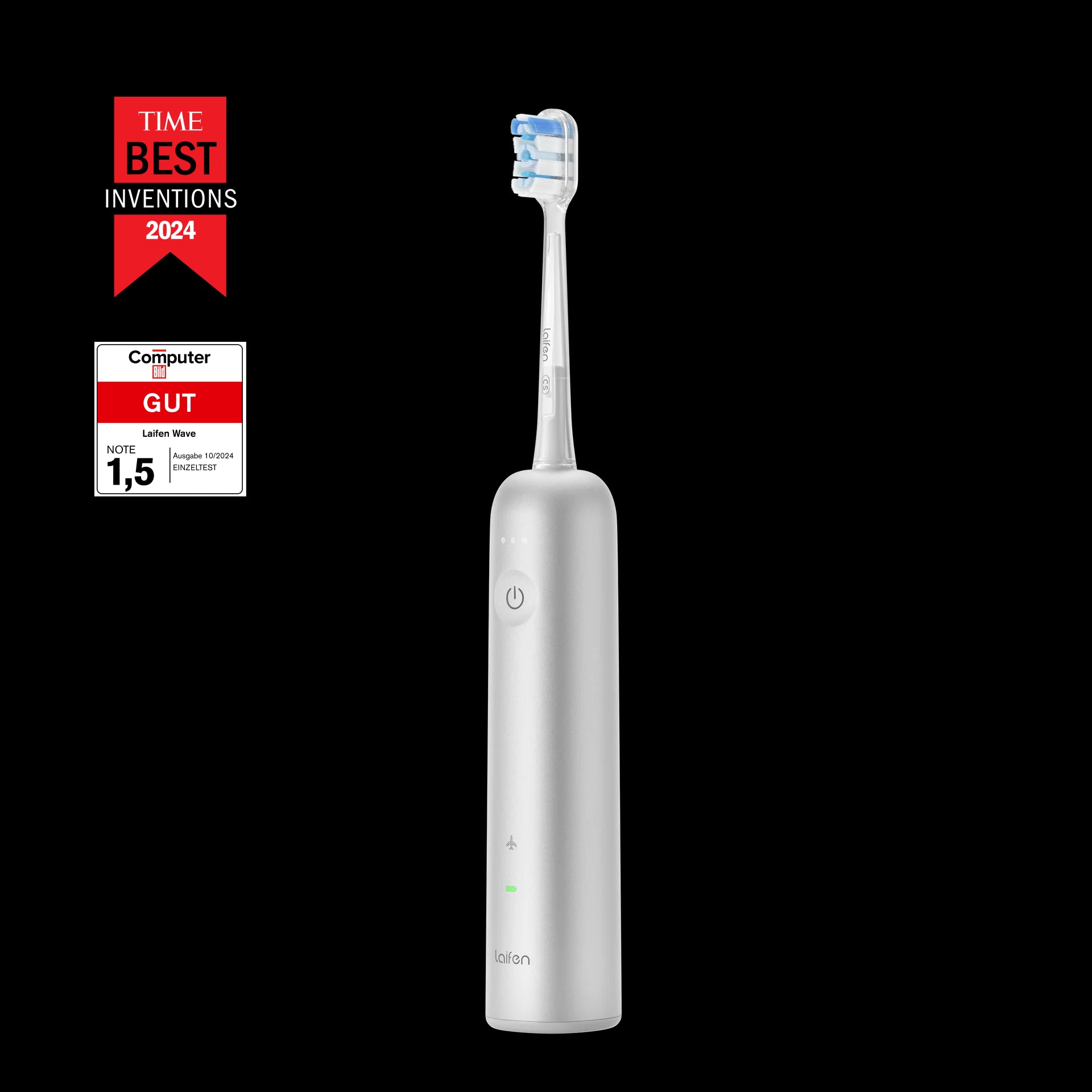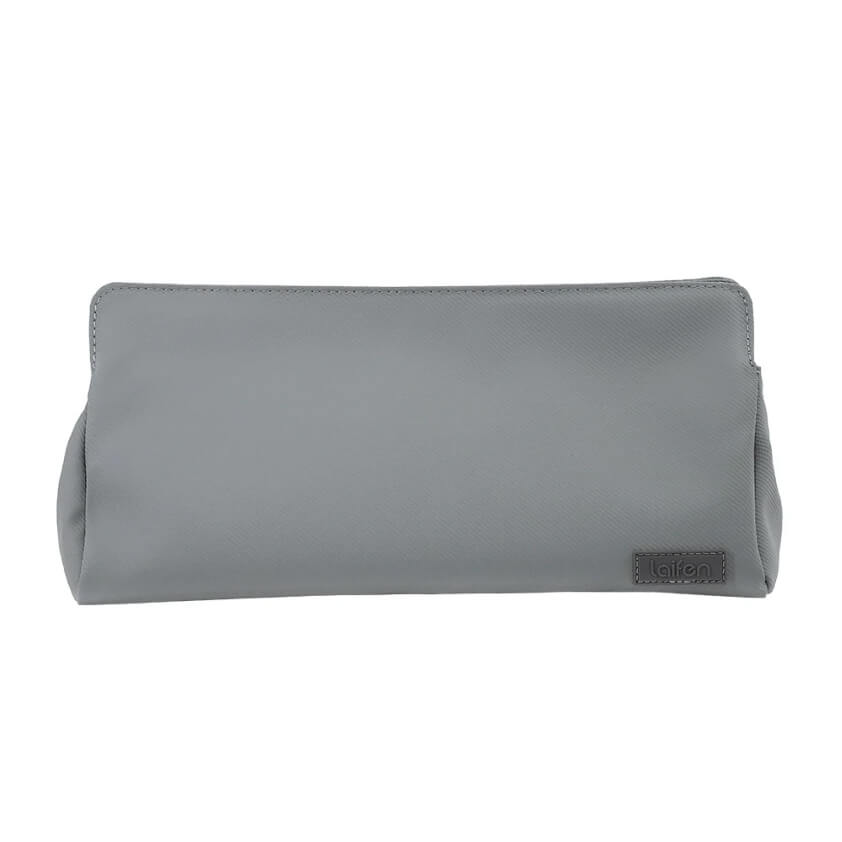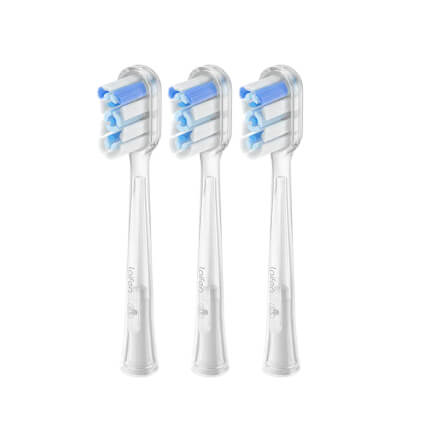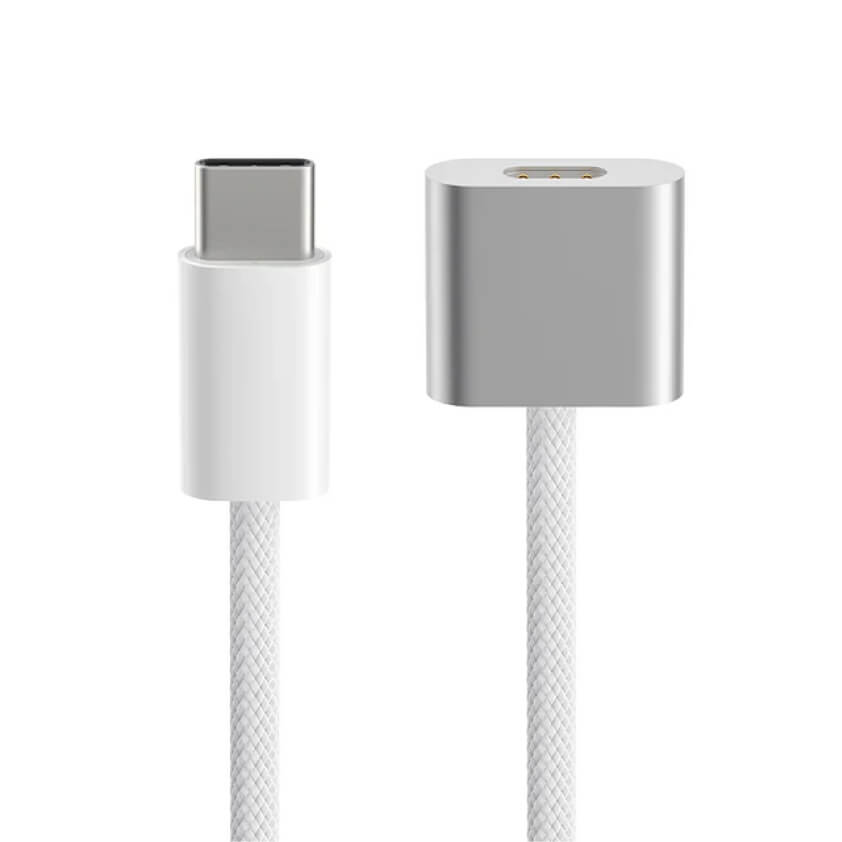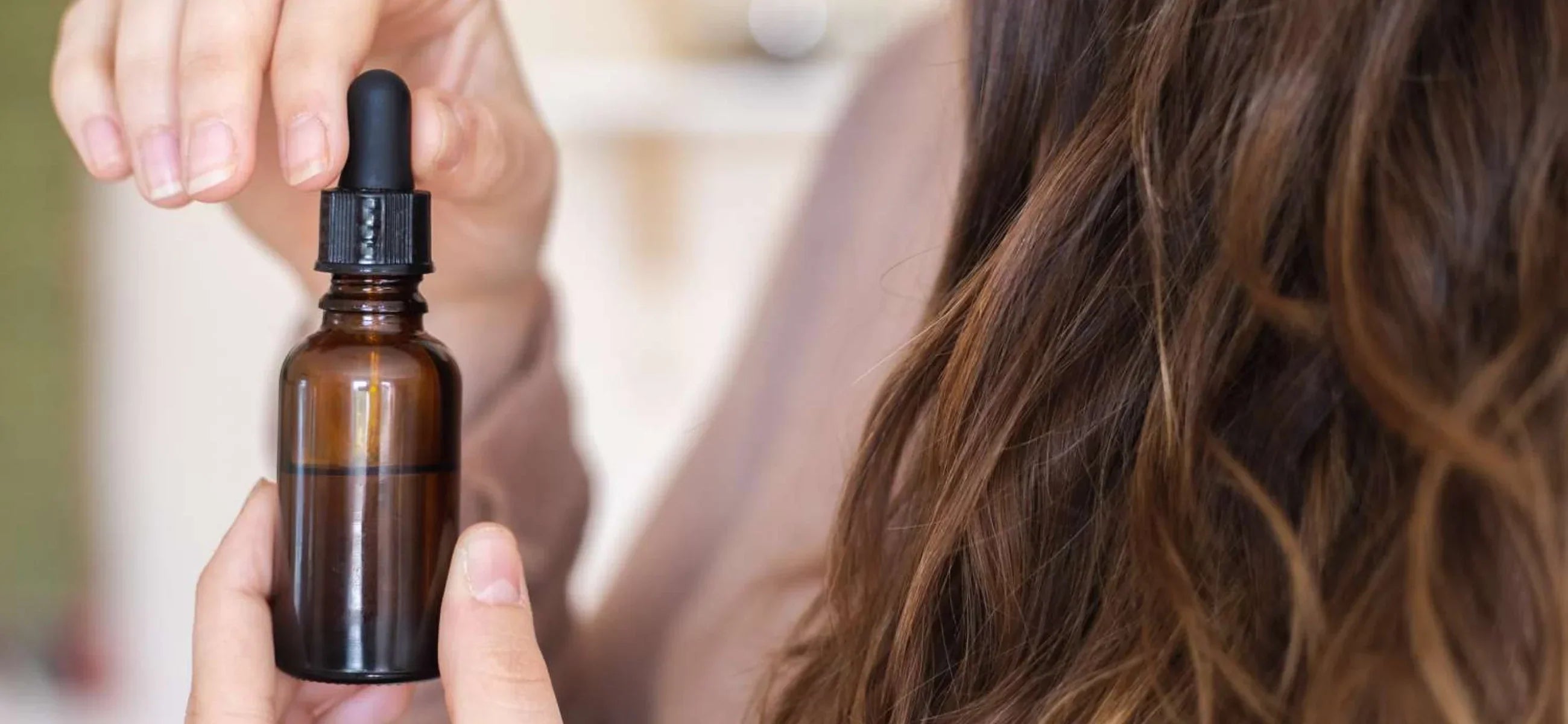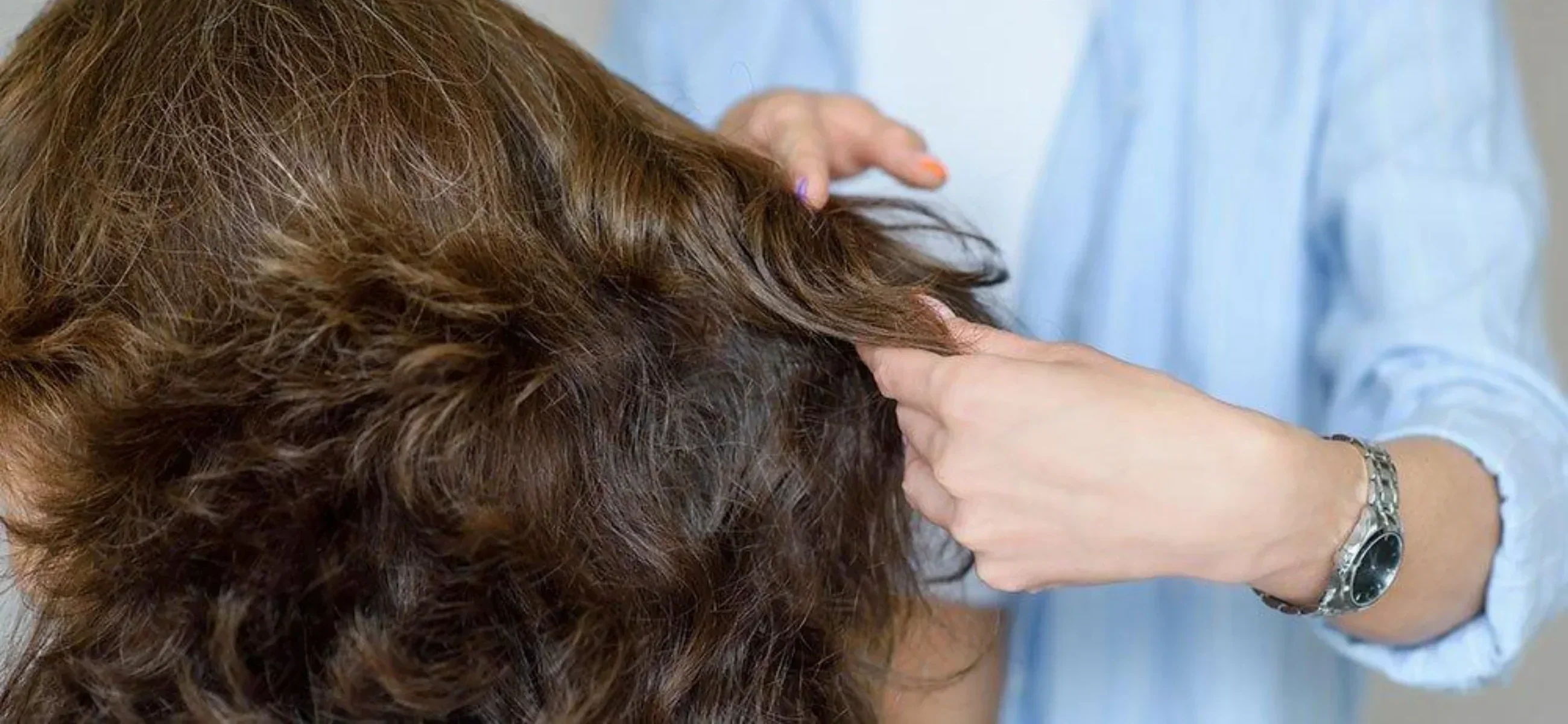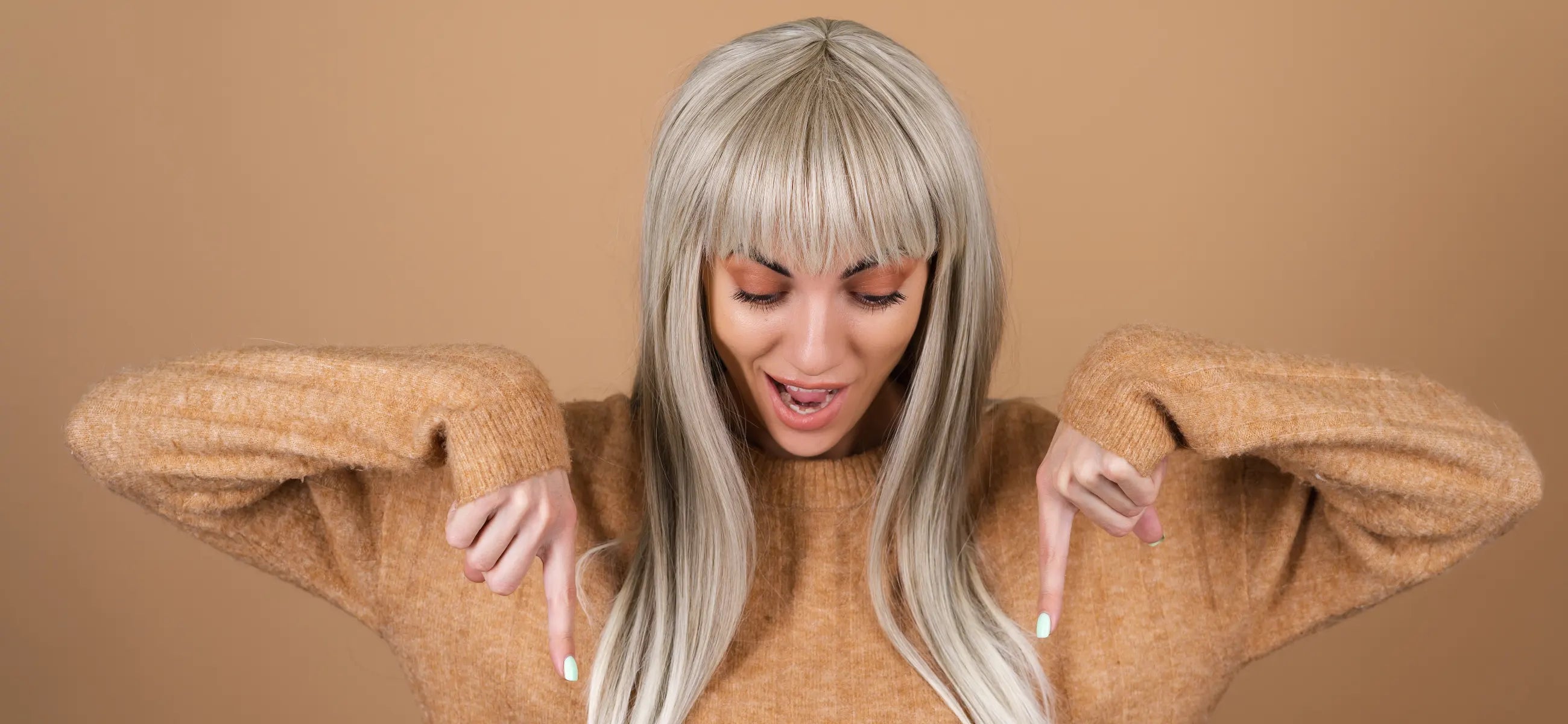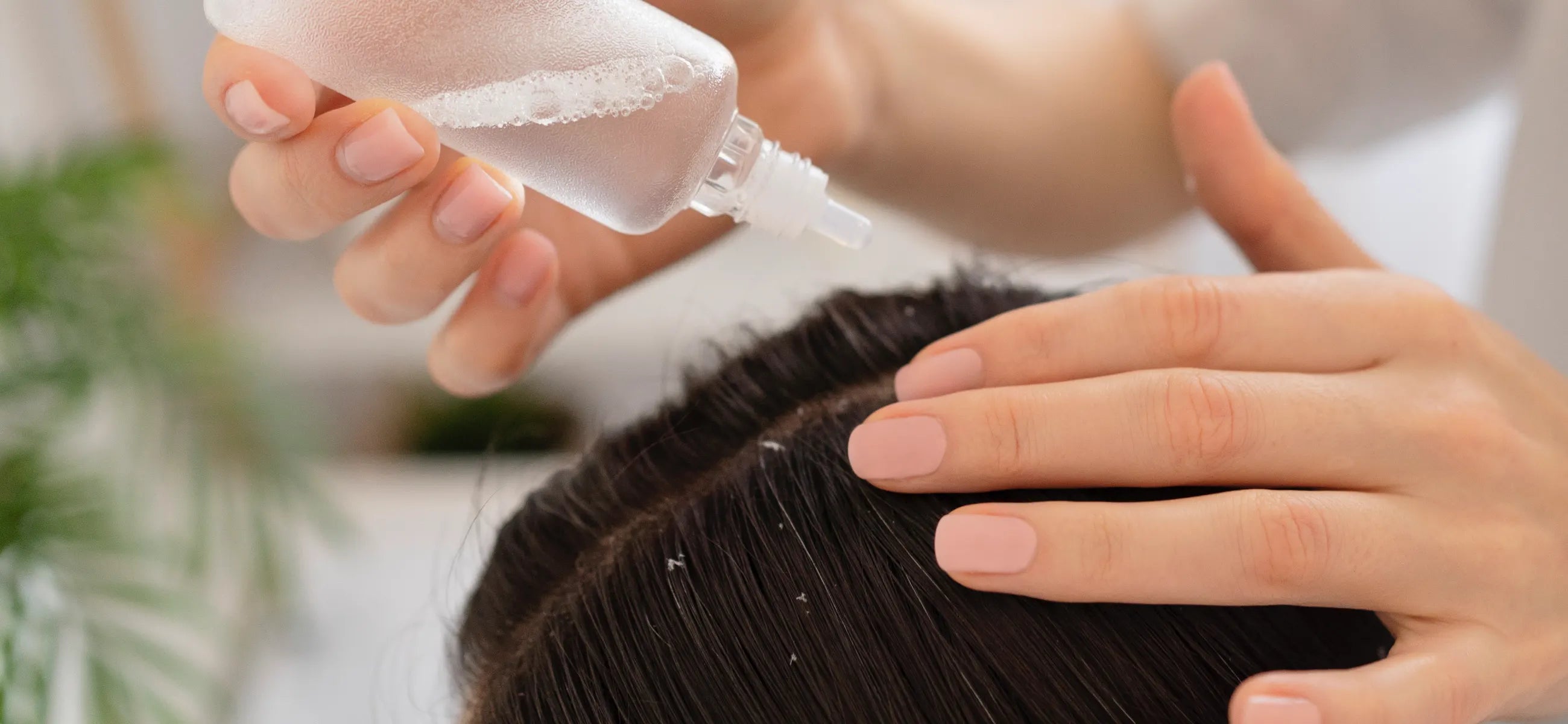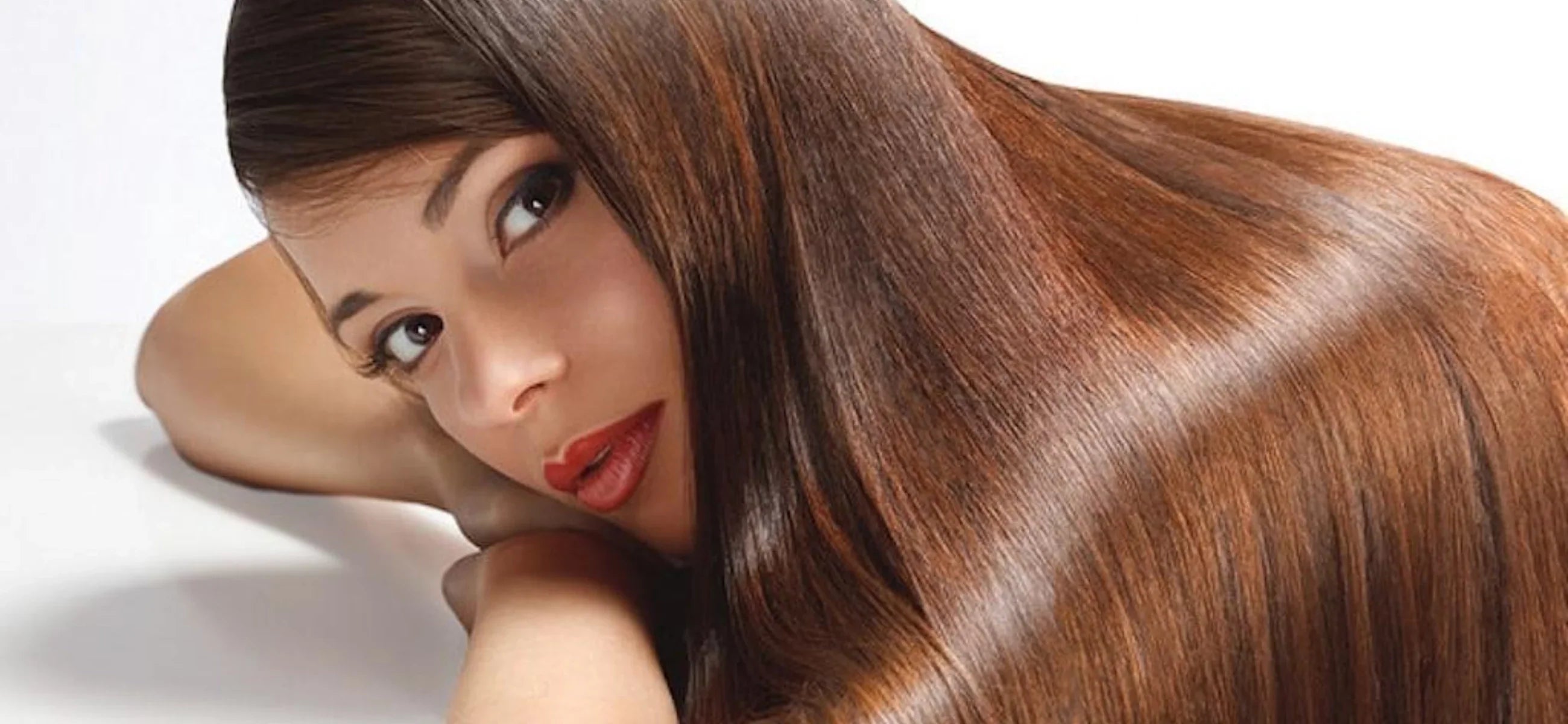
In this article
Keratin treatments have been quietly reshaping the hair game for years, yet somehow they still fly just under the radar for many people. Maybe it’s the salon price tag, maybe it’s the mystery behind the science but the truth is, this treatment deserves more attention than it gets.
If you’ve ever battled frizz, fought with your flat iron, or just wanted your hair to chill, this beginner’s guide talks about exactly what keratin treatments are, how they work, and why they might just be your hair’s new best friend.
Meaning
Keratin treatment, at its core, is part science, part self-care ritual. It's a salon-grade smoothing process that infuses your hair with keratin: a protein your strands already naturally contain but tend to lose thanks to heat styling, chemical treatments, and, well, life.
he treatment coats the hair shaft, seals the cuticle, and leaves your hair noticeably smoother, shinier, and more cooperative. And lately, there’s been a quiet evolution: newer formulas are moving away from harsh chemicals and toward safer, more customizable solutions.
Process
The keratin treatment process is more like a hair ritual in slow motion.
-
First comes the deep cleanse. A clarifying shampoo is used to strip your hair of product buildup, oil, and anything else standing in the way of the keratin bonding properly.
-
Then, the hair is rough-dried until it's just damp, and the keratin formula is carefully painted on section by section.
-
After the application, it sits. Not forever, but long enough to let the magic seep in.
-
Then comes the blow-dry and flat iron phase, where heat activates. The flat iron seals the keratin into the cuticle, locking in smoothness and shine like a top coat on a manicure.
It’s a multi-step process but one that rewrites your hair’s entire mood for months.
Before and after
|
Before Keratin treatment |
After Keratin treatment |
|
Frizz that defies weather forecasts |
Smooth strands, even in humidity’s worst mood |
|
Takes 30–45 minutes to blow-dry and still puffs up |
Blow-dry time cut in half, and style actually holds |
|
Curls, waves, or coils feel dry or uneven |
Texture appears softened, moisturized, more defined |
|
Color fades faster and hair feels porous |
Cuticle sealed—color lasts longer, hair retains moisture |
|
Midday touch-ups are a must (ponytail on standby) |
Low-maintenance finish that stays sleek from AM to PM |
|
Heat tools are a daily survival strategy |
Flat iron becomes optional, not essential |
|
Split ends and breakage from over-styling |
Hair feels stronger, looks healthier with less effort |
What is the least damaging hair treatment
When it comes to hair treatments, the phrase “least damaging” can feel like a bit of a paradox like heatless curls that still need product, or color-safe shampoos that still fade dye over time. But if we’re talking about treatments that smooth, strengthen, and tame without totally rewriting your hair’s biology, bond-building treatments (think: salon-grade bond repair systems or protein-based masks) quietly take the crown.
Keratin treatments often get the spotlight for smoothing power, but for those seeking something gentler, customizable bond repair systems offer a treatment-like effect without the long-term tradeoff. So if your goal is stronger, shinier, more resilient hair, this might just be the quiet little revolution your strands have been waiting for.


